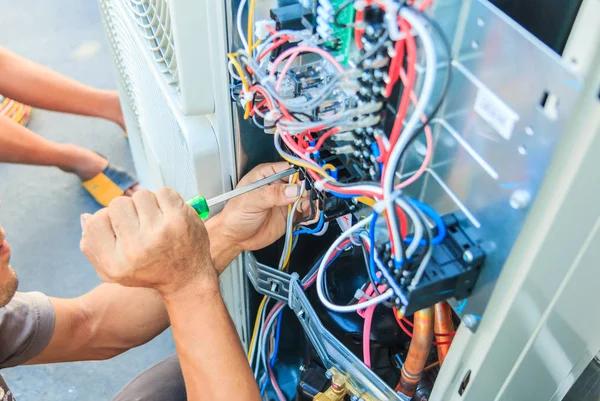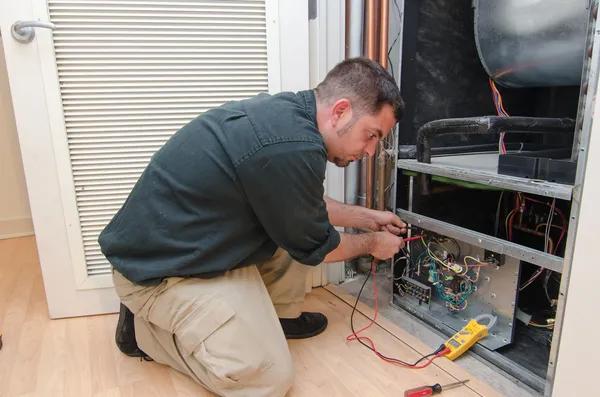
Installing an air conditioning system efficiently is essential to maintaining a comfortable indoor environment, especially during hot weather. Proper installation not only ensures that your home stays cool but also maximizes energy efficiency and extends the lifespan of the unit. The process begins with selecting the right air conditioner based on your home’s size, insulation quality, and cooling requirements. An oversized or undersized unit can lead to inefficiency and uneven temperature distribution, so accurate sizing is critical for optimal performance.
Before installation begins, it’s important to assess your home’s existing electrical capacity to ensure it can support the new system safely. Upgrading wiring or circuit breakers may be necessary if they don’t meet the air conditioner’s power demands. Additionally, choosing an appropriate location for both indoor and outdoor units plays a significant role in efficient operation. The outdoor condenser should be placed in a shaded area with good airflow to prevent overheating and reduce energy consumption. Indoor units must be positioned where cool air can circulate freely without obstruction from furniture or walls.
Proper sealing of refrigerant lines and ductwork is another key factor in achieving efficient cooling. Leaks in these components allow conditioned air to escape or warm air to enter, forcing the system to work harder than necessary. Insulating ducts helps maintain consistent temperatures throughout your home while reducing energy loss. During installation, technicians should carefully handle refrigerants following environmental regulations since improper handling can harm both equipment performance and the environment.
Modern thermostats equipped with programmable settings enable better control over indoor temperatures by adjusting cooling cycles based on occupancy patterns or time of day. Installing such devices alongside your new air conditioner enhances overall efficiency by preventing unnecessary operation when no one is at home.
After completing the setup, testing the system thoroughly ensures all parts function correctly before regular use begins. This includes verifying refrigerant levels, checking airflow rates through vents, confirming thermostat accuracy, and listening for unusual noises that might indicate mechanical problems.
Regular maintenance after installation is equally important for sustaining efficiency over time. Cleaning filters regularly prevents dust buildup that restricts airflow while inspecting coils keeps heat exchange processes effective.
In conclusion, efficient air conditioning installation combines careful planning with professional execution tailored to your specific household needs.



